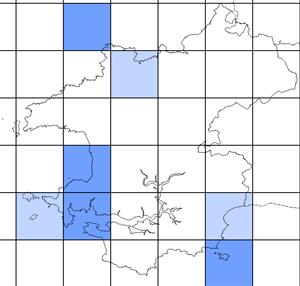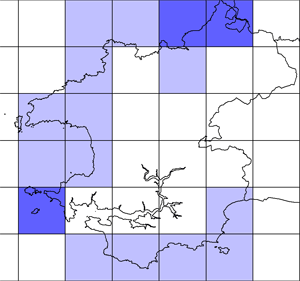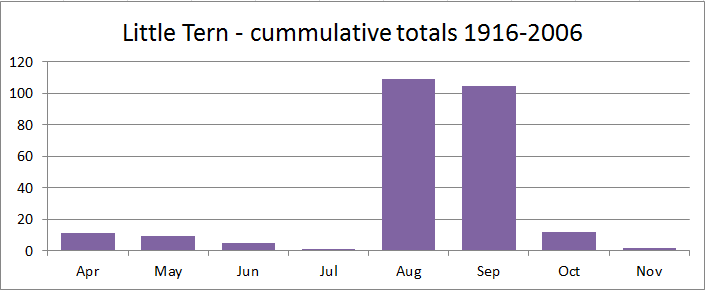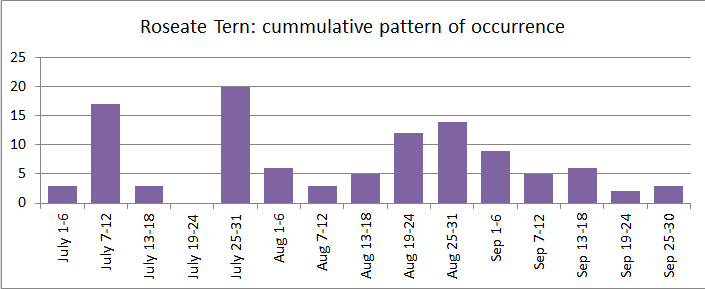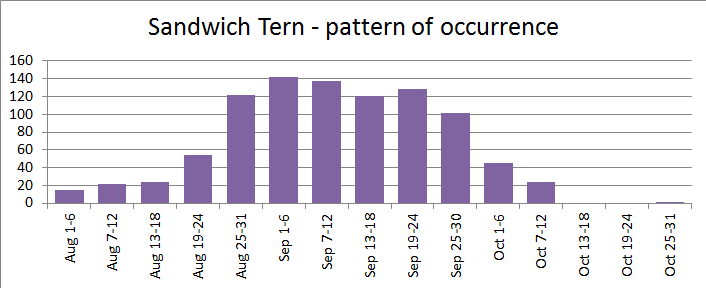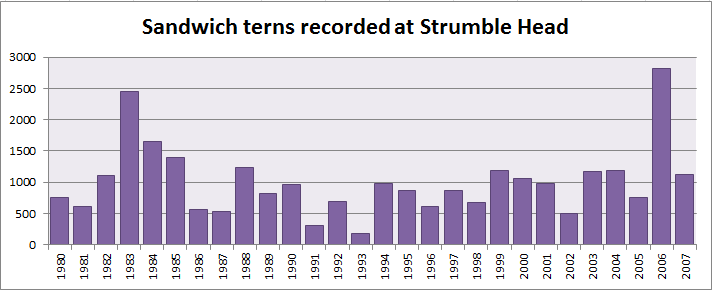Common Scoter - 2010 ringing recoveries
 Sunday, March 1, 2020 at 6:59PM
Sunday, March 1, 2020 at 6:59PM "Sea Empress" scoter ringing recoveries - what have we learned so far?
Back in those dark days of Feb 1996, some 4,571 common scoters were found dead/dying in and around Carmarthen Bay as a direct result of the "Sea Empress" oil spill. However many oiled scoter were rescued, cleaned and released, even though the sceptics said it was a waste of time - they were unlikely to survive long.
Back in 1996, next to nothing was known of the origins of scoter wintering in the Bay. By ringing the cleaned birds (later released from rehab centres in cleaner waters off the Welsh coast and in southern England) it was hoped that at least something positive would come out of this disaster. So what have we learned so far?
About 70 scoters were recovered shortly after being released around the coast of south-west Wales and southern England. But one unlucky victim was oiled again by the "Tricolor" spill off the Dutch coast in late January 2003 having survived seven years after release (this one was among 60 scoters found oiled).
Now, almost 14 years on, it is interesting to note that there have been three "Sea Empress"-ringed scoter recoveries in Russia (one west of the Urals and two further east in the province of Yamalo-nenets) the most recent of these being found (shot) in June 2009 - thirteen years after being cleaned and then released.
So all the effort put in by volunteers in Milford Haven and around West Wales and elsewhere, to try and help these birds recover from their ordeal, was certainly worth it. More information on the BTO ringing blog from where the following map was borrowed.
Bob Haycock, Pembrokeshire Bird Blog
 Pembrokeshire Avifauna committee | Comments Off |
Pembrokeshire Avifauna committee | Comments Off |  ringing,
ringing,  seabird,
seabird,  wildfowl in
wildfowl in  Common Scoter
Common Scoter 

